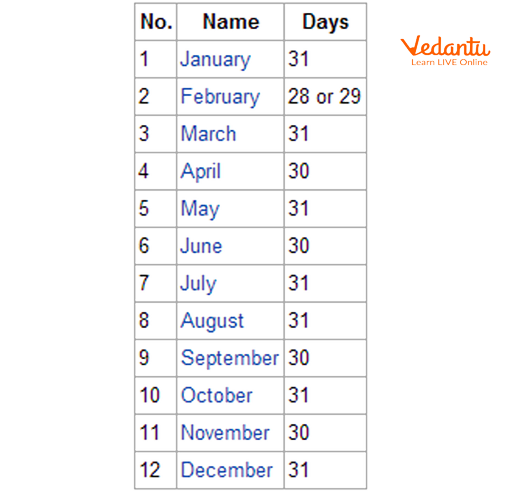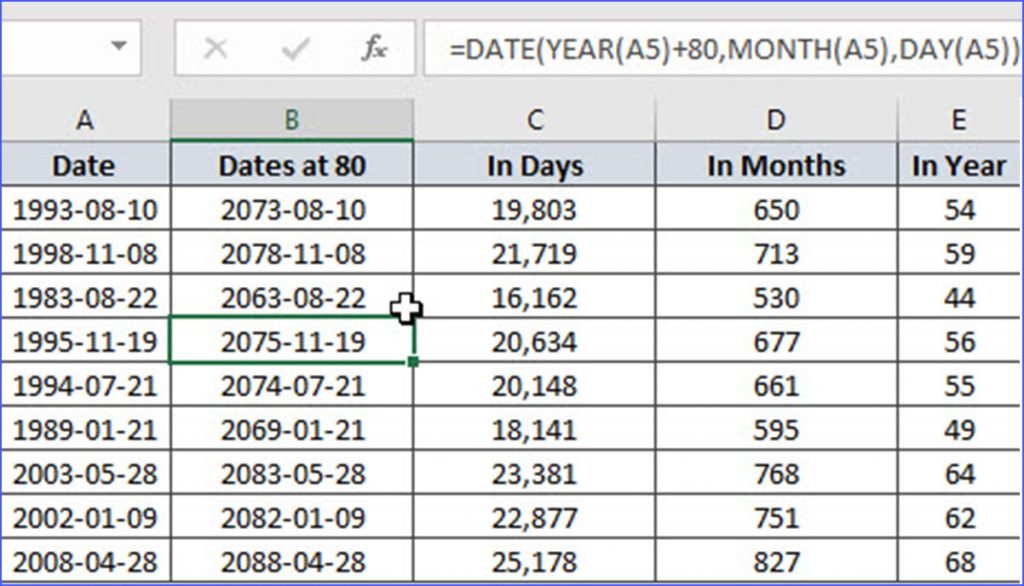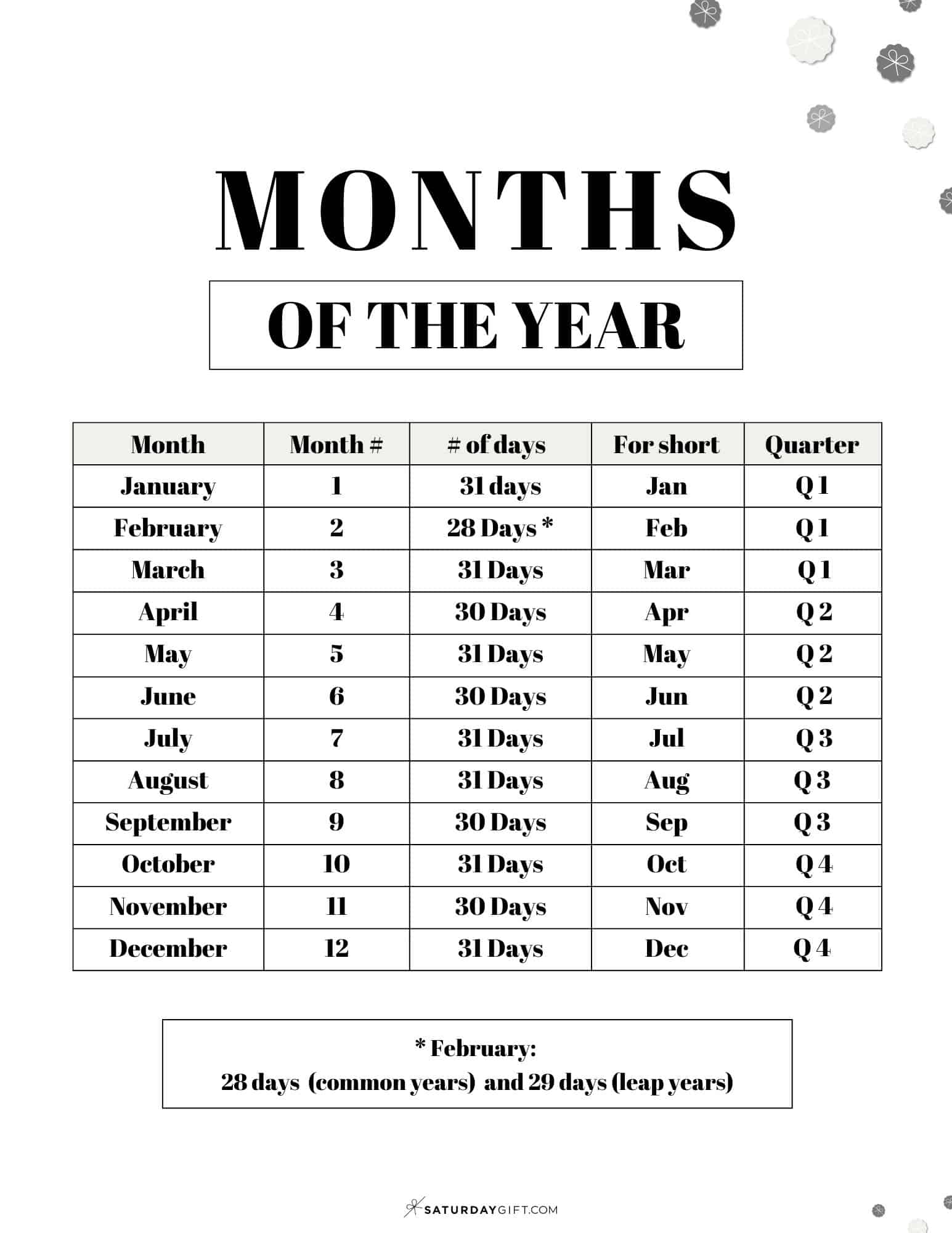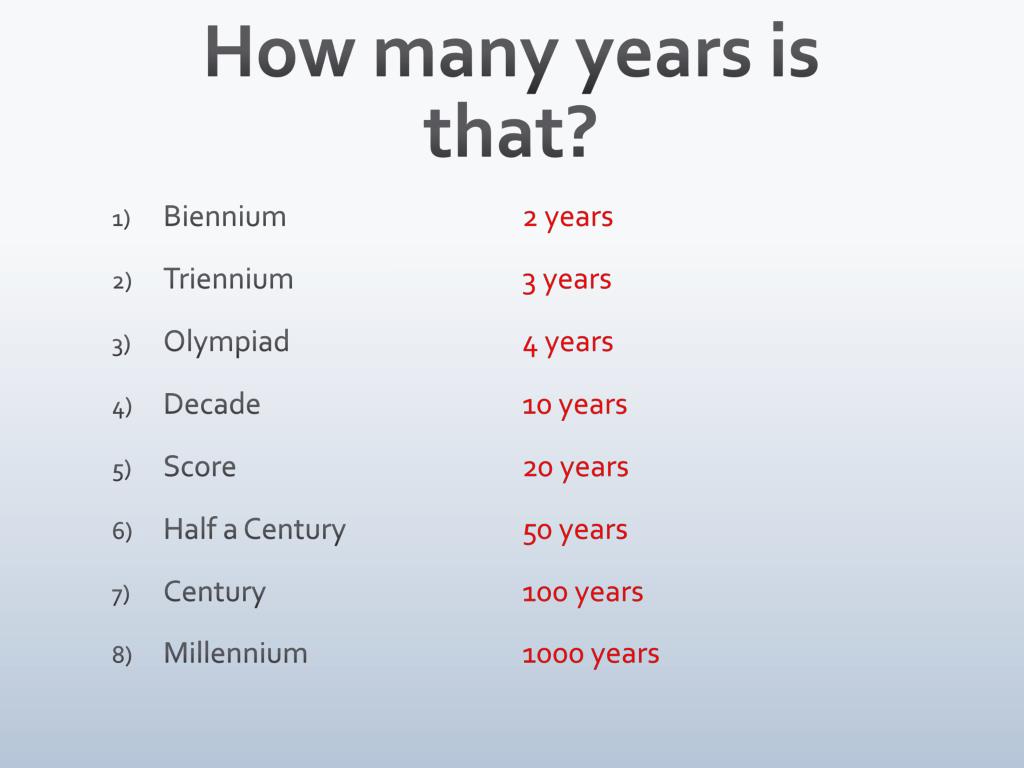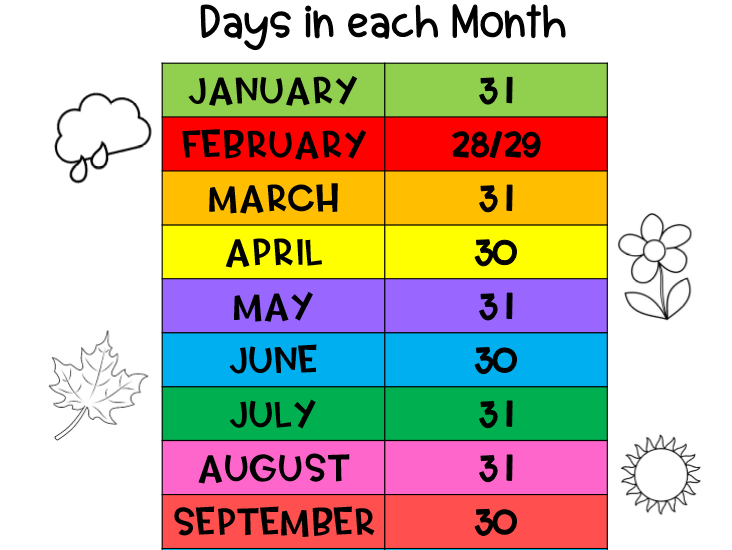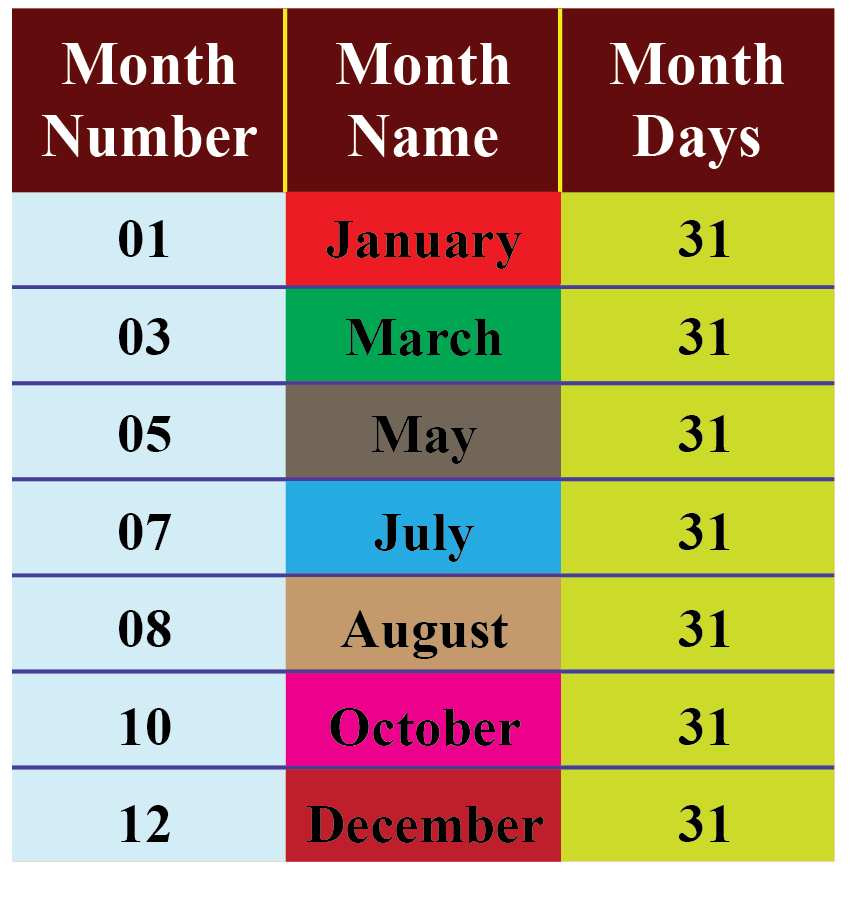How Many Years Is 312 Months
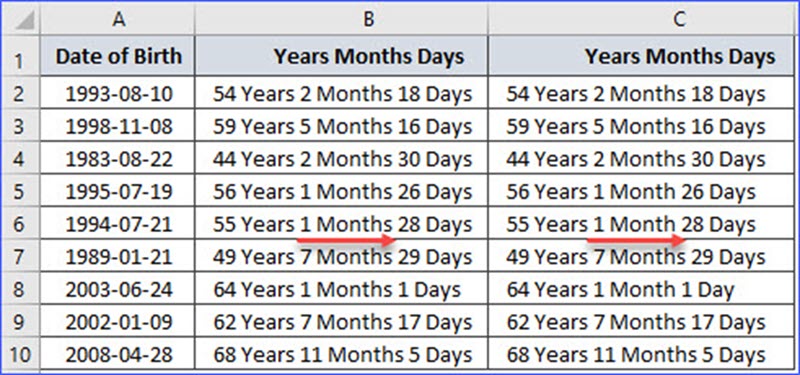
The seemingly simple question, "How many years is 312 months?" has become an unexpectedly prominent query across various platforms. Beyond the straightforward arithmetic, this calculation is fundamental to understanding timelines in legal contexts, financial planning, and even historical analysis. The answer, 26 years, may appear trivial, but its significance lies in the myriad applications where accurate temporal measurements are crucial.
This article delves into the calculation, explaining its derivation and exploring the surprisingly diverse fields where this seemingly basic conversion plays a vital role. We will examine how converting months to years, especially in this specific instance, impacts everything from mortgage durations to historical record interpretation. Understanding this conversion is more than just math; it’s a foundational skill for navigating numerous real-world scenarios.
The Simple Calculation: Months to Years
The conversion from months to years is a straightforward mathematical operation. Since there are 12 months in a year, dividing the number of months by 12 yields the equivalent number of years. Therefore, 312 months / 12 months/year = 26 years.
This calculation is universally applicable regardless of the specific context. The constant relationship between months and years ensures its accuracy.
Financial Planning and Loan Terms
In financial planning, understanding the relationship between months and years is essential. For instance, mortgage terms are often expressed in months, such as a 360-month mortgage, which equates to a 30-year mortgage.
Knowing that 312 months equals 26 years allows individuals to quickly assess the duration of various financial commitments. This could include student loans, car payments, or even long-term investment strategies.
Specifically, consider a scenario where someone is offered a loan with a repayment period of 312 months. Understanding the equivalent of 26 years enables them to evaluate the long-term implications and associated interest costs more effectively.
Legal Contracts and Agreements
Legal contracts frequently specify durations in months. Lease agreements, employment contracts, and partnership arrangements often use monthly terms.
Converting 312 months to 26 years provides a clearer perspective on the extended timeframe these agreements encompass. This is particularly important in long-term agreements, such as property leases or intellectual property licenses.
For example, a commercial lease agreement spanning 312 months immediately translates to a 26-year commitment. This understanding informs strategic decision-making for both landlords and tenants.
Historical Analysis and Archival Research
Historical research often involves analyzing records that span considerable periods. Records might be documented by month or year.
Converting monthly data into yearly equivalents allows historians to identify long-term trends and patterns more easily. Consider the study of economic cycles or demographic shifts over a quarter of a century. Knowing that 312 months represent 26 years is invaluable for contextualizing data.
Furthermore, in archival research, where records may be fragmented or inconsistent, converting between months and years helps researchers piece together timelines. This ensures a more complete and accurate historical narrative.
Statistical Analysis and Data Interpretation
Statistical analysis frequently involves longitudinal studies that track data over extended periods. These studies often collect data on a monthly basis.
Converting monthly data into yearly aggregates can simplify the analysis and reveal broader trends. This makes it easier to identify patterns in sectors like healthcare, economics, or social sciences.
For example, tracking monthly unemployment rates over 312 months can be summarized as a 26-year trend, facilitating easier comparison with other long-term economic indicators.
The Psychology of Time Perception
Interestingly, the way we perceive time can be influenced by how it's presented. A 312-month commitment might feel less daunting than a 26-year obligation, even though they are the same.
Marketing professionals often leverage this psychological effect. They may present payment plans in monthly installments to make them seem more affordable.
However, a thorough understanding of the conversion ensures individuals can make informed decisions. They avoid being misled by subtle framing effects.
Potential for Errors and the Importance of Accuracy
While the calculation itself is simple, errors can arise if individuals fail to account for the fixed relationship between months and years. Inaccurate conversions can have serious consequences.
In financial modeling, a miscalculation could lead to incorrect projections and flawed investment strategies. Similarly, in legal contexts, errors could result in contractual disputes and legal liabilities.
Therefore, it is crucial to double-check calculations and ensure accuracy when converting between months and years, especially in high-stakes situations.
Looking Forward: The Enduring Relevance of Time Conversions
The need to convert between months and years will remain a fundamental skill. Despite technological advancements, the underlying concept of time measurement remains constant.
The ability to quickly and accurately perform this conversion will continue to be valuable in a multitude of fields. From financial planning to historical research, it remains essential.
As we navigate an increasingly complex world, the ability to understand and interpret timelines will only become more important. Mastering basic conversions, like 312 months to 26 years, is a crucial step in this process.
